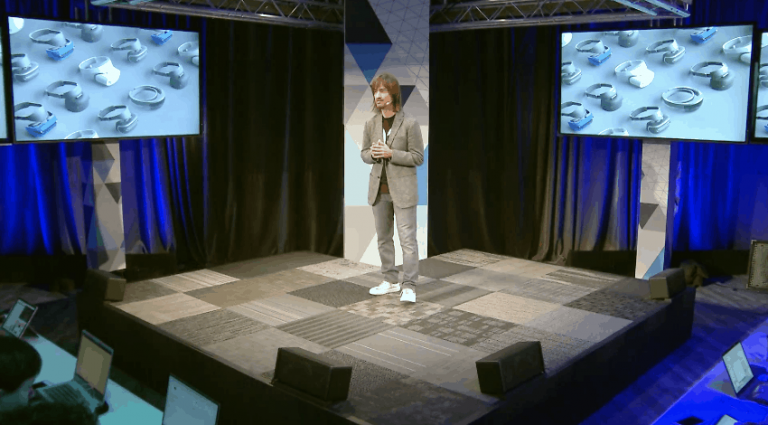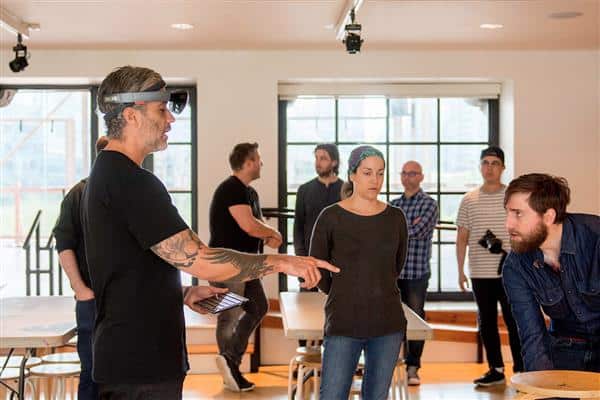For most of 2017, Microsoft’s augmented reality device has seemed to be on autopilot while competing companies have gone into overdrive at least marketing the potential of their relatively nascent projects.
Since Microsoft’s HoloLens debut in 2015, the company seems to be dragging along at snail’s pace when compared to other similarly intended projects such as ARCore, ARKit, and Intel’s Vaunt. Fortunately, the lull in marketed development of the HoloLens is coming to an end according to Technical Fellow at Microsoft and HoloLens creator Alex Kipman.
In a lengthy op-ed posted to the newly Microsoft acquired property LinkedIn, Kipman opines over what he believes are the exciting trends augmented reality will see in the coming year as well what’s in store for those waiting on exciting HoloLens news.
Mixed Reality and Artificial Intelligence (MR+AI) are among the key technology shifts that Microsoft CEO Satya Nadella describes as defining the future of computing. Today with HoloLens, MR+AI solutions are helping customers do things that were previously impossible. The ability to blend the physical and digital worlds in mixed reality enables us to build experiences where people, places and things become independent of their physical location and can interact with their digital counterparts. Artificial Intelligence further drives these experiences, giving us superpowers over space and time.
We announced last July that the next version of HoloLens will further incorporate AI into our custom silicon in the HoloLens the Holographic Processing Unit or HPU for short. This continues our journey of enabling computers to truly perceive their environments, and we’re just beginning. The computing power delivered by the cloud is one of the catalysts accelerating AI, and this is the year that the mixed reality cloud becomes real. Cloud-assisted AI for understanding physical objects is happening today. Combining this with mixed reality will enable us to deliver persistent mixed reality experiences with people, places, and things.
In addition to a new world of cooperating Mixed Reality and Artificially Intelligent computing, there are two more industry-wide changes Kipman believes most AG projects will undergo that include, the continued interoperability of augmented and virtual reality as well as Mixed Reality enabling a deeper level of communication for people.
Kipman concludes his post with a tease about more information to follow “in the coming months” which is an undoubted nod to Microsoft’s developer conference, Build which is taking place in May this year. While we may not see a refreshed HoloLens design reference, we are expecting to see updates to the software experience and a higher amount of API access for developers over the next few months.
For anyone interested in what’s to come for Microsoft’s Mixed Reality platform, Kipman encourages communication via his Twitter page.



